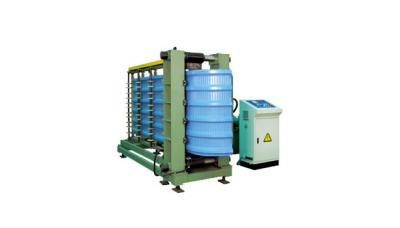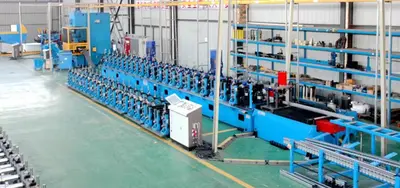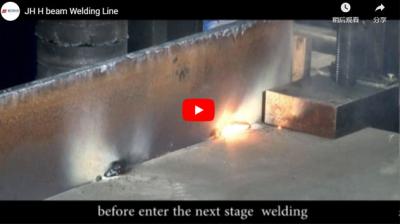How a Modern Mineral Wool Sandwich Panel Production Line Achieves Green Production Goals
Currently, the existing mature mineral wool product production lines have a single line capacity of 20,000 to 30,000 tons. However, existing technology can no longer meet the demands for higher capacity, lower energy consumption, and more automated green production requirements. To improve this situation, mineral wool sandwich panel production lines have emerged. These production lines achieve large-scale production of mineral wool while significantly reducing production energy consumption. During the production process, automated and intelligent logistics systems are used to increase the level of automation of the mineral wool sandwich panel production line. It is through this kind of transformation that the traditional rock wool industry's extensive production mode is shifted to an intensive production management mode.
Challenges Faced by the Mineral Wool Sandwich Panel Production Line
Energy conservation and emission reduction are indispensable aspects of achieving green production. However, according to the current status of mineral wool development, the task of energy conservation and emission reduction remains very heavy. Under the general trend of energy conservation and emission reduction, the waste gases, wastewater, and waste residues (referred to as "three wastes") generated in mineral wool production need to be comprehensively managed and comply with the detection of environmental management departments and national policy requirements.
Ways to Achieve Green Production Goals in Modern Mineral Wool Sandwich Panel Production Lines
Recycling Carbon Monoxide
As we all know, carbon monoxide is toxic and can cause the greenhouse effect. However, carbon monoxide itself is also a fuel and is the main component of coal gas. Mineral wool sandwich panel production lines often establish waste gas incineration devices to fully combust carbon monoxide in waste gas. Meanwhile, to save energy, waste heat should also be recycled, such as by using heat exchange systems to provide heating first or heating tap water to supply the daily hot water needs of the factory's living area, so as to more thoroughly achieve energy-saving goals.
Recycling Wastewater
Wastewater is a problem that almost all mineral wool sandwich panel production lines need to consider. Wastewater recycling systems or wastewater purification systems are essential for modern production lines. For the rock wool industry, wastewater is treated by filtering devices and then reused in the binder preparation station, achieving zero discharge of production wastewater.
Filtering Dust
Dust consists of small particles suspended in the air, which can pose significant health hazards to workers and nearby residents if inhaled for long periods. Modern mineral wool production line should be equipped with comprehensive dust filtration systems to filter out dust carried by waste gas, ensuring standardized waste gas discharge. Meanwhile, the filtered dust should be recovered and reused.
Avoiding Sulfur Dioxide Emissions
Sulfur dioxide is a primary culprit in the formation of acid rain and poses a serious threat to human health. Modern mineral wool line should be equipped with desulfurization systems to remove sulfur dioxide from waste gas, thereby achieving the goal of clean production.
Recycling Solid Waste
The slag and waste wool generated by mineral wool sandwich panel production lines should be reused in mineral wool production through recycling systems, thereby achieving the circular use of solid waste in the mineral wool sandwich panel line and reducing production costs.
Zhejiang Jinggong produces mineral wool sandwich panel production lines using the most advanced manufacturing and technology, providing the best products and the highest quality services to its vast number of customers. It also contributes to environmental protection and energy conservation for the country and even the world, truly achieving clean production and environmental friendliness in factories.


 CN
CN
 EN
EN
 fr
fr  de
de  es
es  it
it  ru
ru  pt
pt  ar
ar  th
th  pl
pl  ro
ro 







 Call us on:
Call us on:  Email Us:
Email Us:  #1809, Jianhu Rd, Keqiao, Shaoxing, Zhejiang, China
#1809, Jianhu Rd, Keqiao, Shaoxing, Zhejiang, China 